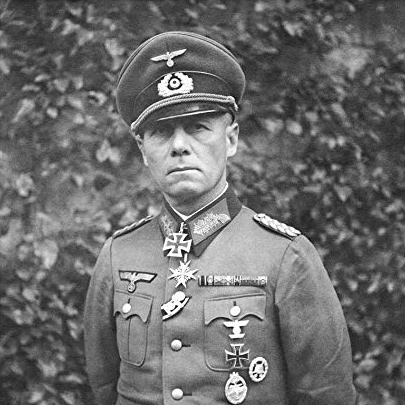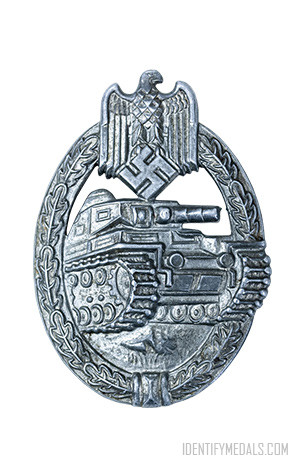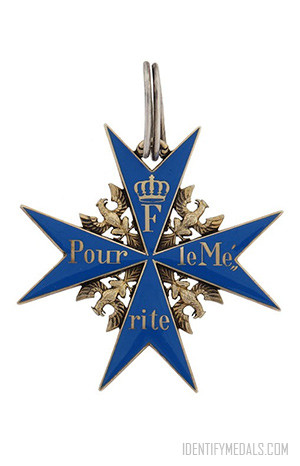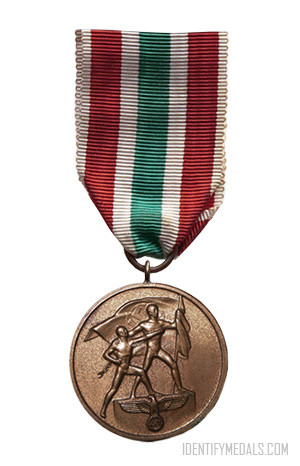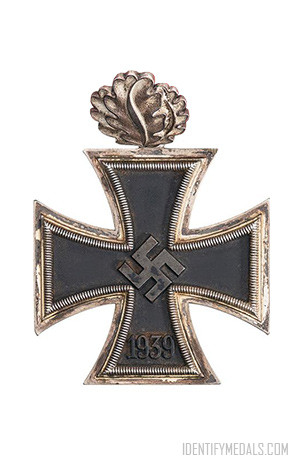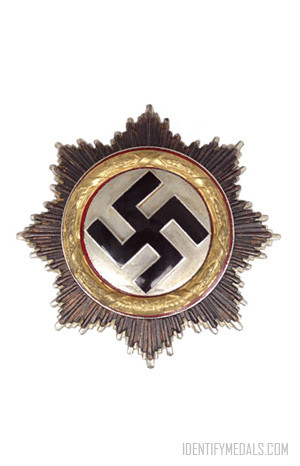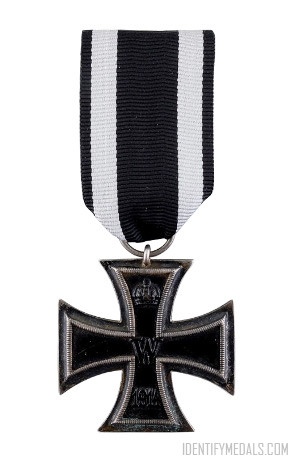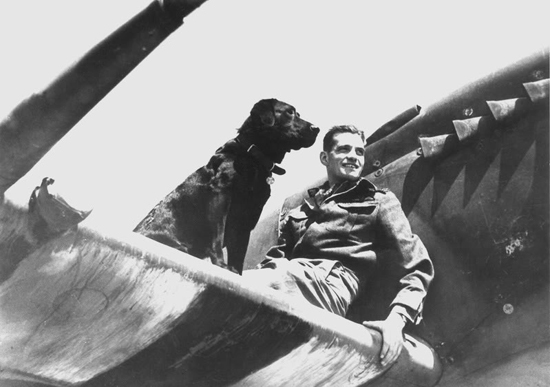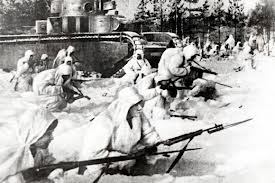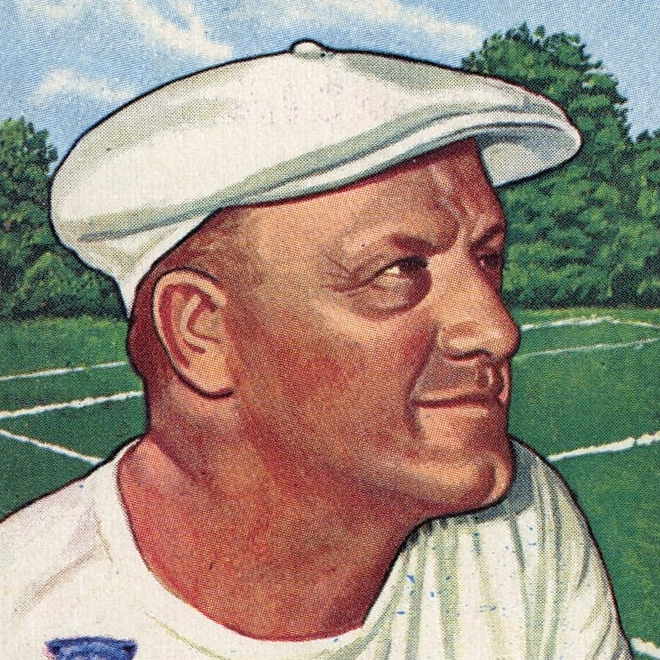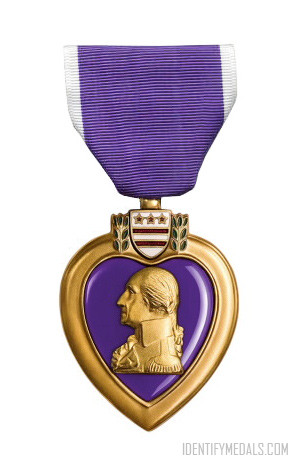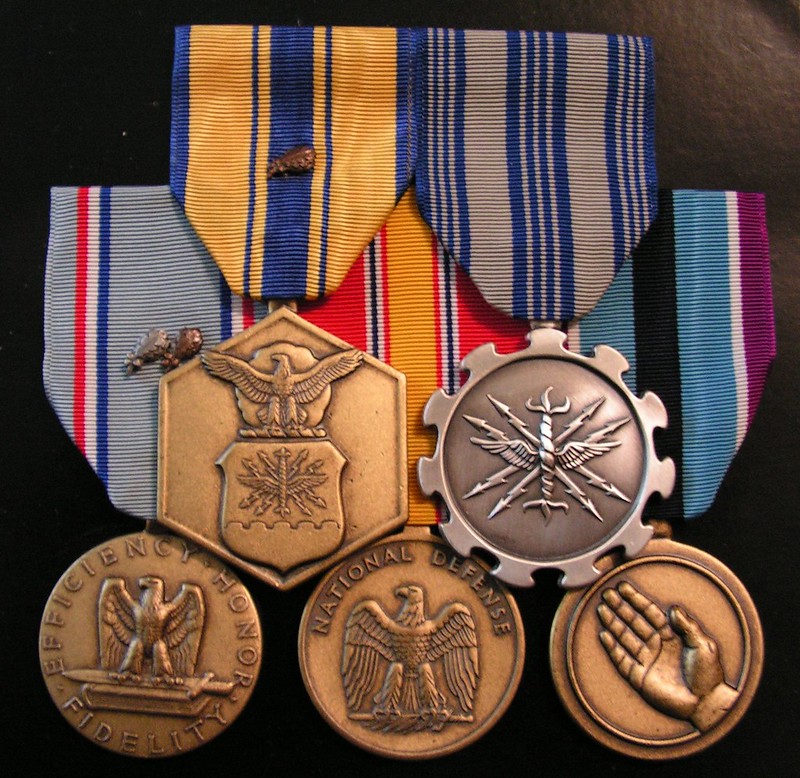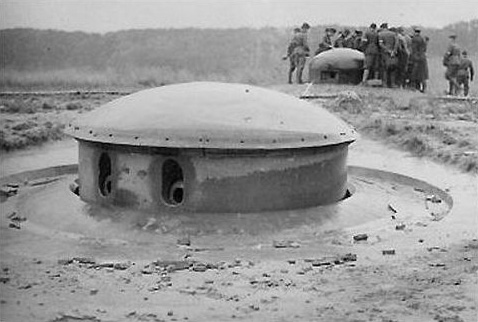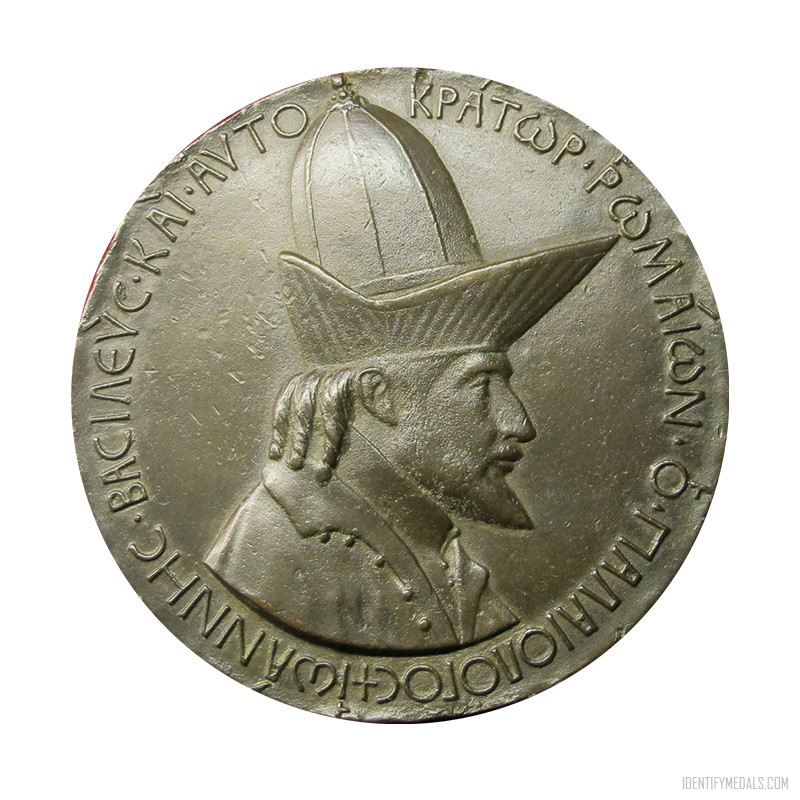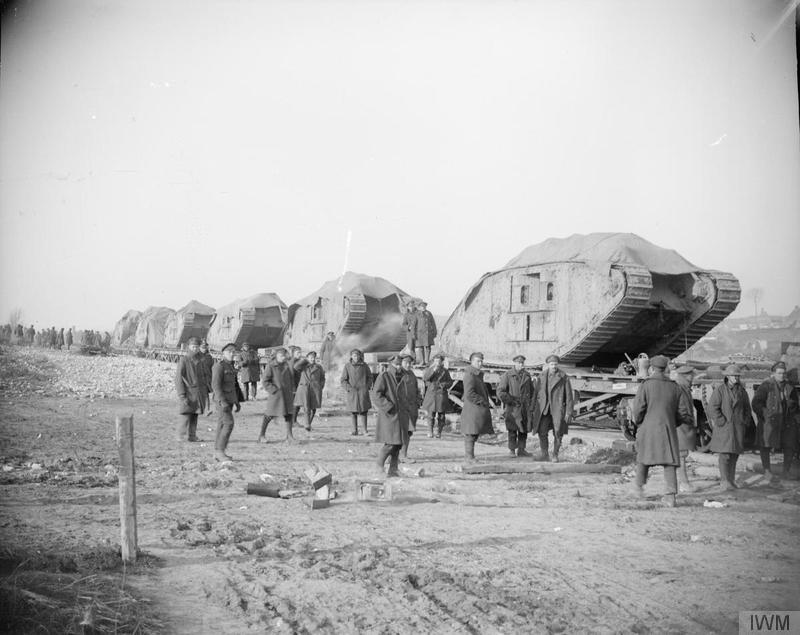While Erwin Rommel would become one of Germany’s most respected and honored generals, he did not grow up in a military family. Rather, born in Heidenheim, Germany on November 15, 1891, Rommel was the son of a teacher.
Who Was Erwin Rommel?
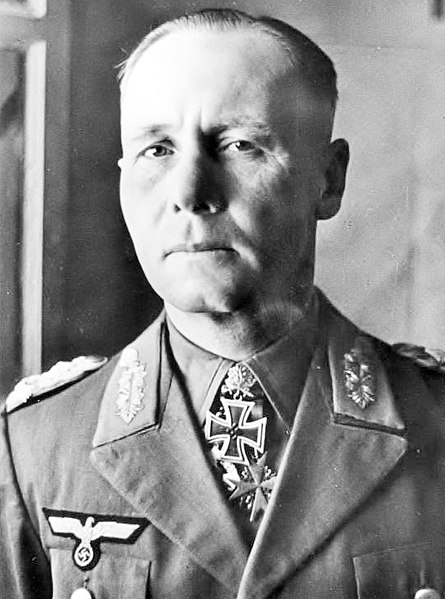
In 1909, as an eighteen-year-old, Rommel first attempted to join the military either in the artillery or as an engineer, but was rejected. Finally, however, in 1910, Rommel was accepted into the Germany infantry. As a cadet, Rommel was considered to be a “useful soldier,” an appellation that the rest of his military career would confirm.
Rommel served in World War I in France, Romania, and Italy and quickly learned to love the vigor of war. He became known as someone who would participate in dangerous raids and recon missions, causing his men to joke, “Where Rommel is, there is the front.”
Quite the driven soldier, Rommel was intent on winning Germany’s highest military honor, known as the Pour le Merite or Blue Max, before the end of the war, which he would do in 1917. At the Battle of Caporetto, Rommel’s leadership of his company in a surprise attacked captured Mount Matajur and outflanked thousands of Italian troops, meriting the Blue Max. Rommel would proudly wear his Blue Max medal for the rest of his life.
In the mid-1930s, Rommel would write Infantry Attacks, a book that would perhaps completely alter Rommel’s military career. After Hitler read Rommel’s book in 1937, he was impressed and decided to appoint Rommel as the German Army’s liaison with the Hitler Youth. Two years later, Hitler gave Rommel command of his personal bodyguard during the Invasion of Poland in 1939.
Erwin Rommel and the Panzer Division
Finally, in February 1940, Hitler named Rommel as the commander of the 7th Panzer division, one of the new panzer units. It was in this command that Rommel would become a household name in countries beyond Germany. During the Battle of France, Rommel’s 7th Panzer division raced from Sedan on the border of Germany and France to the coast of the English Channel, covering 200 miles in just one week and capturing over 100,000 Allied troops as well as the French garrison of Cherbourg.
Due in large part to this success, Rommel was appointed commander of the German troops in North Africa, the Afrika Korps, a year later. At first, Rommel was unsuccessful in taking the port city of Tobruk from the British in December 1941, but when Rommel returned in June 1942, he took the city in an attack known as the Battle of Gazala. It was then that Hitler would promote Rommel to Field Marshal.
During the brief time of Rommel’s success in North Africa, which ended up lasting only several months, he would begin to win the respect of the Allies. Prime Minister Winston Churchill called Rommel “a very daring and skillful opponent” and even “a great general.” George Patton and Bernard Montgomery who both fought Rommel in North Africa likewise sang his praises.
Rommel too had a great regard for the military prowess of his enemies, Patton and Montgomery, noting that the former had “the most astonishing achievement in mobile warfare” and that the latter “never made a serious strategic mistake.”
In the fall of 1942, Rommel’s success would turn with the British recapture of Tobruk at the Battle of El Alamein and the eventual loss of North Africa in May 1943. No longer needed in Northa Africa, Rommel returned to Europe to oversee the defense of the Atlantic coast in early 1944, exactly where the D-Day landings would occur in June 1944.
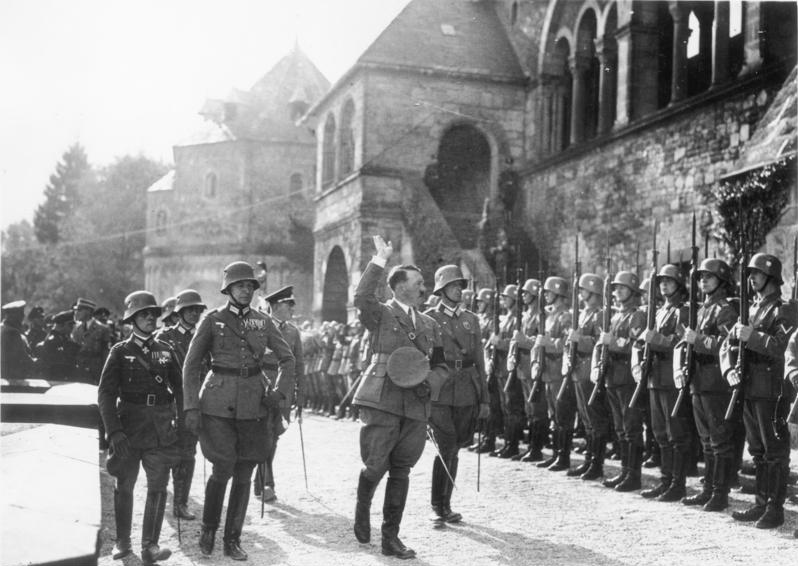
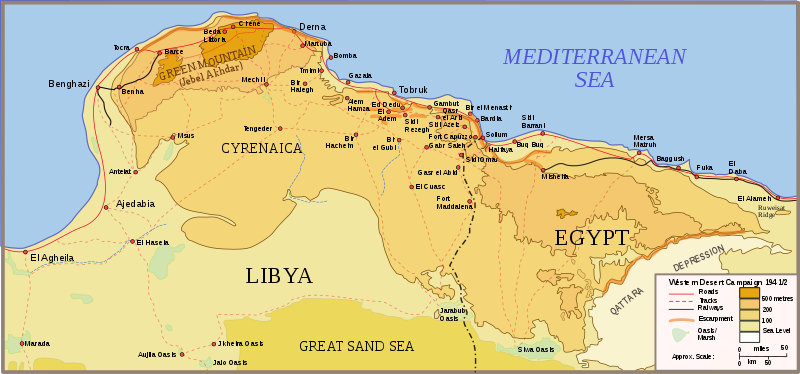
Erwin Rommel and the 944 July Plot
Although Rommel had trusted Hitler’s leadership up until this point and did not question the Fuhrer, Rommel began to change his tune in 1944 because he believed that Germany was going to lose the war.
Although Rommel doubted Hitler’s abilities for peace-making, evidence suggests that he did not want to dispose of him. Even so, Rommel’s contact with the conspirators in the 1944 July Plot, which was an assassination attempt against Hitler on July 20, 1944, implicated the Field Marshal in the plot against Hitler.
Given the option of facing a public trial or committing suicide, Rommel opted for the latter in order to protect his family. On October 14, 1944, German officers arrived at Rommel’s home to take him to a remote location where Rommel committed suicide through a cyanide capsule. He was 52 years old and received a full military burial, likely to appease the German public who did not know of Rommel’s connection to the assassination attempt.
Some of Erwin Rommel’s Medals
See all German Medals
In fact, the German government even told the people that Rommel had died from injuries due to Allied aircraft strafing Rommel’s car earlier in 1944. Rommel had actually won his last victory from a hospital bed recovering from these injuries. Rommel had encouraged defensive preparations at the strategic city of Caen that ended up holding the Allies at bay and inflicting heavy casualties. The truth about Rommel’s suicide would not be revealed until after the war.
Respected by his comrades and his enemies, Rommel became known as the “Desert Fox” due to his penchant for surprise attacks and the “People’s Marshal” among his countrymen. Widely regarded as one of Hitler’s most successful generals and one of Germany’s most popular military officers, Rommel has continued to be honored to this day.
In addition to the adulation Rommel received from friend and foe alike, Field Marshal Rommel’s list of decorations and awards is extensive:
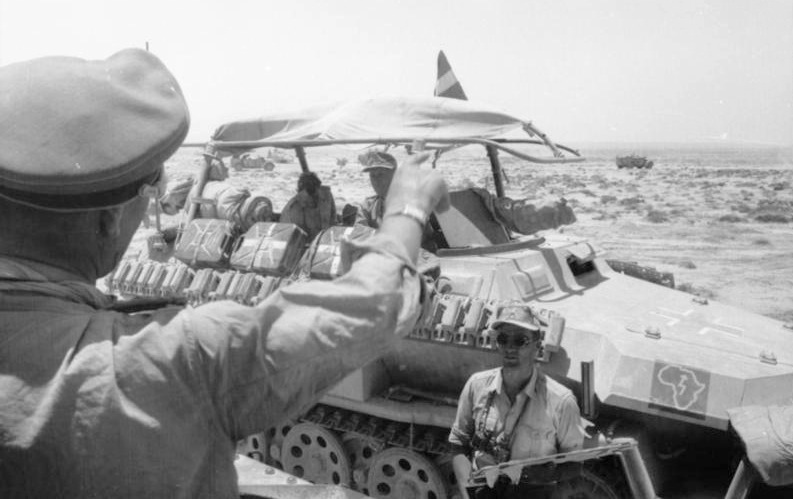
- Knight’s Cross of the Iron Cross: 27 May 1940, Generalmajor, Commander of the 7th Panzer Division.
- Oakleaves (No. 10): 20 March 1941, Generalleutnant, Commanding General of the Afrika Korps.
- Swords (No. 6): 20 January 1942, General der Panzertruppe, Commanding General of Panzer Group Afrika.
- Diamonds (No. 6): 11 March 1943, Generalfeldmarschall, Commander-in-Chief of Army Group Afrika.
- Prussian Pour le Mérite Order: 10 December 1917, Oberleutnant, Commander of a Battle Group of the Württemberg Mountain Battalion.
- Prussian Iron Cross, 1st Class (1914) with 1939 Bar
- Prussian Iron Cross, 2nd Class (1914) with 1939 Bar
- Württemberg Military Merit Order, Knight’s Cross
- Baden Order of the Zähringer Lion, Knight’s Cross 2nd Class with Swords
- Bavarian Military Merit Order, 4th Class with Swords
- Austrian Military Merit Cross, 3rd Class with War Decoration
- Cross of Honor for Combatants 1914-1918
- Armed Forces Long Service Award, 1st Class (25-year Service Cross)
- Armed Forces Long Service Award, 3rd Class (12-year Service Medal)
- Commemorative Medal of 1 October 1938 with Castle Prague Bar
- Commemorative Medal for the Return of the Memel District
- Wound Badge in Gold (WWII award): 7 August 1944 (for sixth wound received on 17 July 1944 per his obituary)
- Panzer Assault Badge in Silver
- Luftwaffe Combined Pilot/Observer in Gold with Diamonds
- “AFRIKA” Campaign Cuff Title
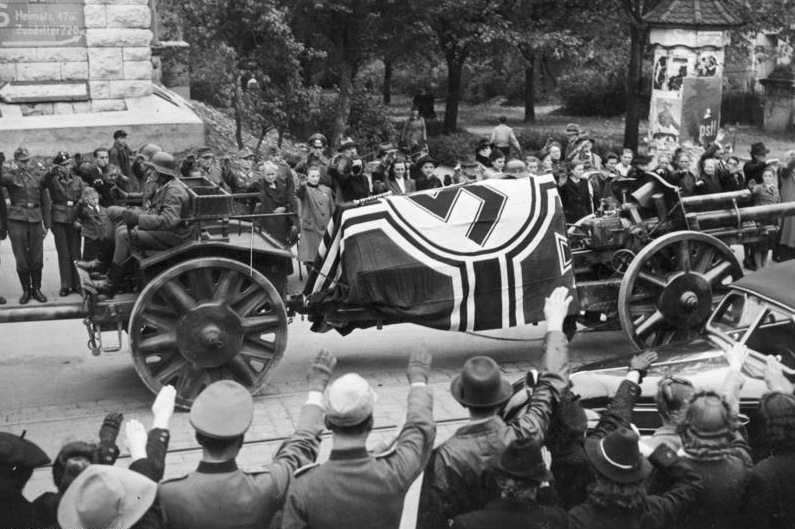
In contrast to other well-known World War II-era Germans, Rommel has largely not been vilified. His name can be seen on two military bases, several German streets, and a monument in his hometown. While Rommel did have experience with the Nazi party and was close to Hitler, most historians agree that Rommel seemed to care more about winning military victories and promoting his own military career than condoning Nazi atrocities.
Sources
- http://www.wehrmacht-awards.com/forums/showthread.php?t=5448
- https://www.historyhit.com/facts-about-erwin-rommel-the-desert-fox/
- https://www.history.com/news/8-things-you-may-not-know-about-erwin-rommel
Guest Contributor: Rachel Basinger is a former history teacher turned freelance writer and editor. She loves studying military history, especially the World Wars, and of course military medals. She has authored three history books for young adults and transcribed interviews of World War II veterans. In her free time, Rachel is a voracious reader and is a runner who completed her first half marathon in May 2019.

